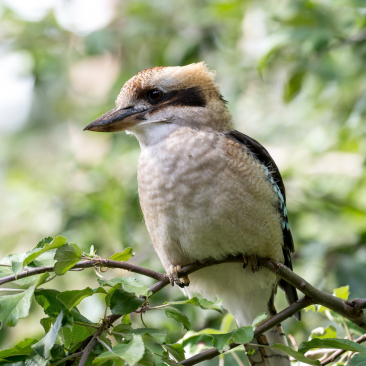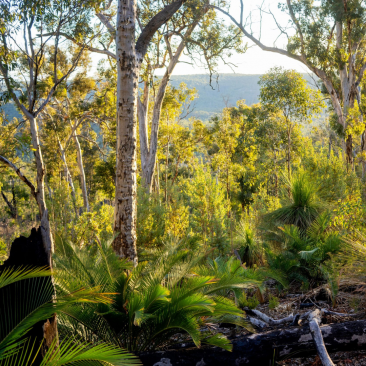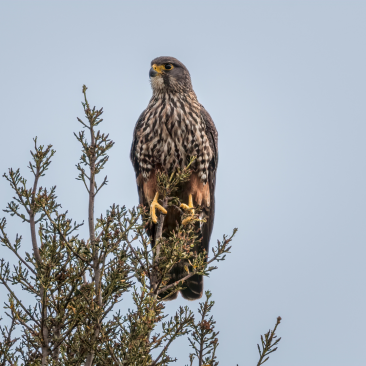

Caring for our Native Wildlife
FSC is dedicated to protecting the ecological function of forests and conserving priority biodiversity areas worldwide.
Under Principle 6, FSC-certified forest managers or owners are required to maintain, conserve and/or restore ecosystem services and environmental values of the Management Unit, and to avoid, repair or mitigate adverse environmental impacts.
Principle 6 includes requirements to undertake environmental impact assessments prior to any-site disturbing activities and integrate the results into management planning to ensure actions are taken to mitigate negative impacts. There are also explicit requirements that outline protections for rare and threatened species, water courses and native species.

High Conservation Values (HCVs)
From endemic species to sacred sites, all natural habitats – especially forests – inherit conservation values. Those biological, ecological, social or cultural values of outstanding significance are known as 'high conservation values,' or HCVs.
A key part of HCVs is ensuring activity in forests does not have a negative impact on biodiversity – that is, the diversity within and between species, and the ecosystem as a whole, including forests. For FSC, maintaining and implementing management of biodiversity and HCVs goes hand in hand.
Protecting Australia & New Zealand's Endangered Species:

Koalas
Koalas are an iconic Australian animal. Often called the koala “bear,” this tree-climbing animal is a marsupial—a mammal with a pouch for developing offspring.
Koalas can be found in the eucalyptus forests of southeastern and eastern Australia. When they're not sleeping, they’re usually eating. They are dependent upon eucalyptus trees both for habitat and food.
In February 2022, the conservation status of the koala changed from vulnerable to endangered. The change in status means an increased level of protection for koalas in Queensland, New South Wales and the Australian Capital Territory. Significant threats to Koalas include widespread bushfires, land clearing and drought. Find out how FSC's rigorous standards for responsible forest management help to protect this much-loved Australian species:

New Zealand Falcon
New Zealand’s rare and native falcon is thriving in commercial pine plantations!
Clearance of native vegetation and intense land-use practices have significantly reduced the habitats of the New Zealand falcon and the population of its prey.
Responsibly managed commercial pine plantations have been linked to high falcon densities, playing a crucial role in the conservation of the species.
70% of New Zealand’s pine plantations are FSC certified. These plantations uphold our rigorous and globally consistent standards that require the protection of rare and threatened species and their habitats.